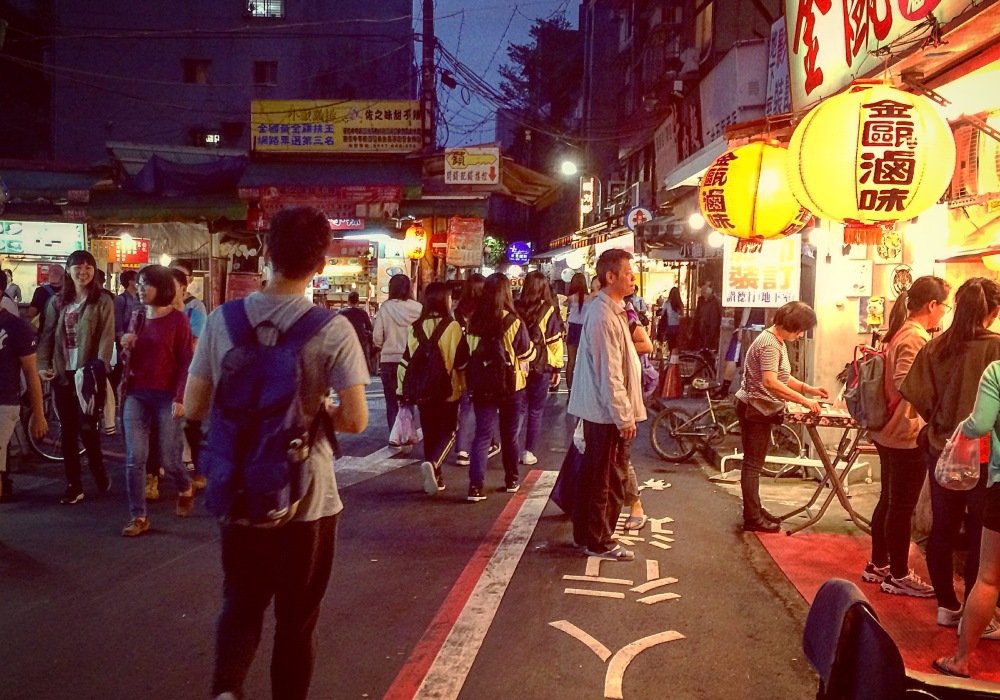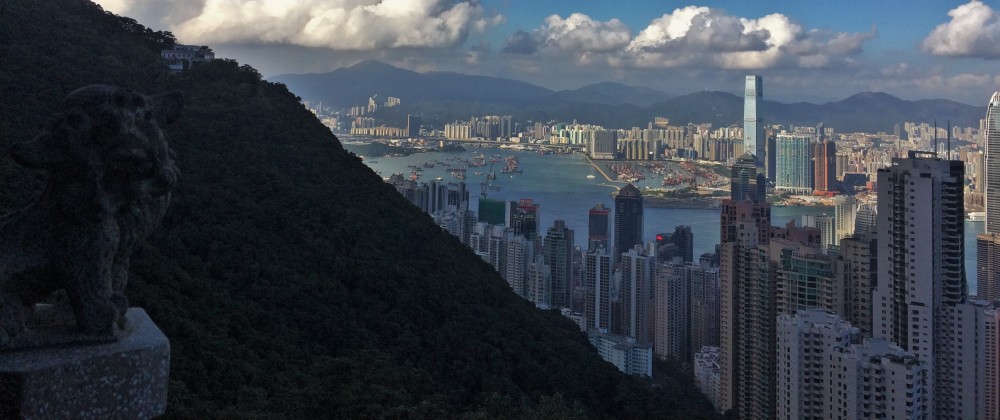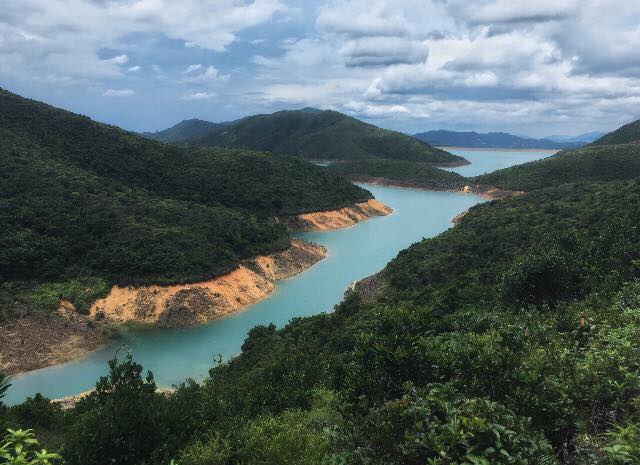
Everything in its time
About four years ago now, I had a dream, one of the most vivid dreams I have ever had. I was crawling through a tunnel made of rock, spiraling and climbing desperately upwards in darkness. Just as I thought I might be in there forever, my eyes perceived the light, and my head burst through to the surface, where it was a bright and sunny day. I stepped outside and saw that I was standing on a big green mound in the middle of an ocean, and all around me were various other mounds… I turned my head to look around and found I could see miles in all directions, and the bright blue of the sky and bright blue of the ocean were the most beautiful things I had seen, and when I peeled my eyes open in real life those blues were burned into my brain as a memory and promise.

Victoria Peak, Hong Kong
When I went up to the top of Victoria Peak in Hong Kong, for the first time in a long, long time, reality was so much better than anything I could have possibly dreamt up in my mind. Because Hong Kong is not just awesome, but beautiful. No one ever told me that this city could be so beautiful. That it was surrounded by peaceful rolling green hills, that the surface of the harbor glistened in the sunlight. That the human-engineered skyline would interact so flawlessly with the nature surrounding it, that the breeze and sunlight and clouds would all align into one awesome and breathtaking day, and that I would be rendered speechless by the combination of it all. Sometimes because my expectations are so high I become complacent with real life… But every once in a while something comes along that reminds me that sometimes, something being real is all I need for it to be better than dreams. (November 9, 2015)
I didn’t know what the dream meant right then. But not long after that, I started searching for internships through my university. I was studying International Affairs, and my school had excellent resources for traveling abroad, so I knew I wanted to pursue a six month internship in another country. But the question, as always, was where? I wanted to go pretty much everywhere. Sure I had a priorities list, but I was pretty much open. That dream, life-like as it was, kept coming to mind. I am a Christian so I had to wonder, was it a sign from God? When I started researching countries, and I looked up Indonesia, I found photographs that looked exactly like this place. Maybe I was meant to go here, I thought. But my parents didn’t want me to go, concerned about the travel warnings they’d seen about the country. So I moved along, keeping the dream in mind but trying to let those images grow dull and fade away. It was only a dream.

Nathan Road, Hong Kong
I think I might actually be in love with Hong Kong. It was one of those romances which is attraction at first sight, but now that I’ve been here for a few days I’ve realized it’s developing into something deeper. It’s not just its physical beauty… it’s a place that contains everything I love about cities and then some. The rolling hills and glistening oceans of Cape Town, the subtle historical influences of Boston, the streets of NYC. And of course, it shares a nation with China, a country I have come to understand if not love (though of course what is love if not deep understanding?) Every people of every nation seems to be here, each style of food and all cultural influences. And then there’s the pace and the fashion and the modernity, coupled with the dirt and the seediness of the back allies and side streets. I feel I could explore it for years and never learn everything about it, and of course that intrigues me. (February 2, 2016)
Then, I had a second dream. This one was about Cape Town, South Africa. I had never been to Cape Town, nor do I remember ever seeing many pictures of it. But there I was, wandering the streets, vividly viewing roads and buildings and parks. I was just… walking, mainly. The only thing special was how realistic it was, and how when I looked up pictures afterward they looked so similar to what I’d seen in my head. Still, I ignored it. South Africa sounded cool, but it was not a ‘priority country’ of mine. At the time I was interested in India, or Cambodia, maybe even Morocco—South Africa had never held the same pull.
Somehow, after months of hearing others talk about it, after both my advisor and my parents recommending it as an excellent choice for me, I accepted my fate and went. I taught English in South Africa for six months at a center assisting adult refugees from other parts of Africa. I learned a lot of things there about myself, not all of them entirely pleasant. But each of them helped build me into a much stronger person, and after that trip ended I was no longer afraid to travel anywhere.

Lion’s Head, Cape Town, South Africa
Rush hour in Hong Kong may have replaced Victoria Peak as the most beautiful thing I’ve experienced… As I entered this place with thousands of other people around me, all rushing forward, I felt a powerful and revitalizing energy course throughout my body, filling me with a deep passion for everything. A passion for humanity, where I began to view everyone around me with profound fondness and love. A passion for multiculturalism, where Hong Kong’s diversity became powerful and thrilling. An electrifying passion for living in general—with aching legs, I began walking up on the escalator, where moments before I had been ready to lie down and sleep… The fact that we were all feeling the same things and moving towards the same place—home—filled me with love. Obviously, what I saw on that night was not rush hour in Hong Kong. What I saw was what I needed to see, what God wanted me to see… I saw that Hong Kong makes me feel passionate and alive to a level I didn’t even know existed in myself. (February 28, 2016)
The travel bug had bitten me, hard. I spent the rest of my days at university dreaming of dropping everything and becoming a travel writer, or at least moving abroad to start working. Thanks to a few God-directed chance encounters I began considering going to China to teach English. Before I knew it I was scouring online message boards for the least sketchy-sounding opportunities. I finally found one, with a good salary and the promise of a visa in the major Chinese city of Shenzhen. I’d never been there before, but it sounded like the right place for me to be. Off I went.
From Shenzhen, it was just a short hop across the border to see Hong Kong. I didn’t rush over or anything, as I knew so little about it. One day I chanced across on my way to the airport, and was hit with an intense rush of feelings, far more than anything I had ever felt about Shenzhen. Each time I returned to Hong Kong, the feelings grew. They were uncalled for, inexplicable. But I chose to listen, and moved there after my year was up in Shenzhen.
I arrived in Hong Kong with a small amount of savings and no job. I started looking… I was looking for months.

Skyline of Shenzhen, China
My life is like the Exodus right now… Obviously slavery is a pretty heavy analogy and I don’t mean to lean on it too much, but the thing is that my life in Boston seems… constricted. I know exactly what to be there and what places to eat at and who to hang out with. My role is defined, my place is set. But right now, even though I’m over in Hong Kong, it’s like I’m just wandering in the desert. I keep asking God to give me stuff and feel like he’s not responding in an adequate way, and I’m nowhere near where I want to be and can’t really be there without having a space of my own and a way of making money. I feel burned out and frustrated and like I’ve just been aimlessly searching for far too long. Even though I definitively decided I didn’t want to stay in Boston, I can’t help thinking like the Israelites. Why did you bring me out here into this wilderness? Wouldn’t I have been better off as a slave, where at least I had food, and a roof over my head, and friends? Out here I have nothing! Why aren’t you saving me? (August 26, 2016)
God came through, though it took until that December. Things have been moving forward, slowly but steadily. I have an okay job, a larger amount of savings, and I know more than one person. Importantly, I still love Hong Kong as passionately as I used to if not more so. Now I know its flaws more intimately, but that is the point where genuine love can begin anyways. And the city is vaster than I ever could have imagined, with places to hike to and swim and explore which will keep me busy for years if I so choose.
Like Sai Kung, an area I visited for the first time just this week. I decided to make my way out to an isolated beach, and on the way, I caught a certain view along the roadside…

Sai Kung, Hong Kong
It was a view that looked exactly like my dream from four years ago, standing on a hill and looking out at a vivid bright blue sky and ocean filled with deep green mounds. After a long dark tunnel, nothing but blue skies. A promise that was made and kept.
God does not work on human time, but on a timeline where eternity is the only meaningful value. Advice is not given at once, but in fragments. At first the advice makes no sense, and comes in as random bursts of energy and emotion. Added together, it makes a story.
The only way to keep the faith is by absorbing the mantra:
“Everything in its time”
I’m sure I will forever be a wanderer, an explorer, and a seeker. Yet I have felt lately that the chapter of life where I was just watching and waiting for God’s plan is coming to an end. I can’t help but feel that here in Hong Kong, the plan is beginning…
But I guess I’ll have to wait and see.

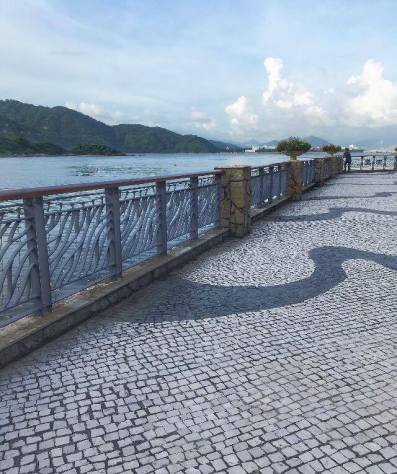
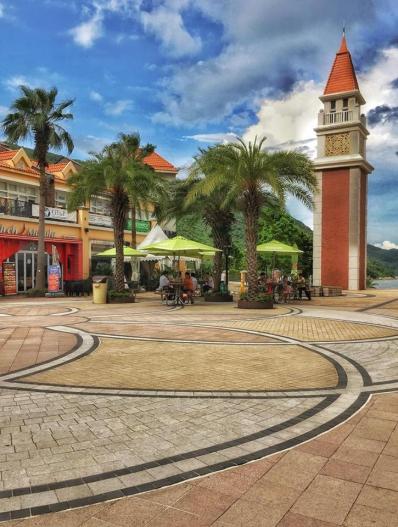



















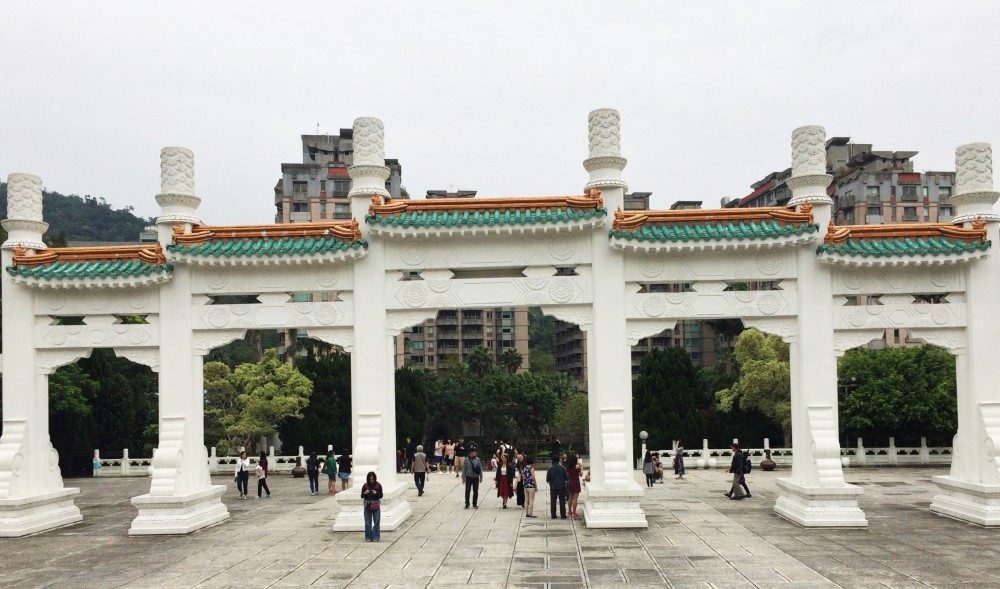
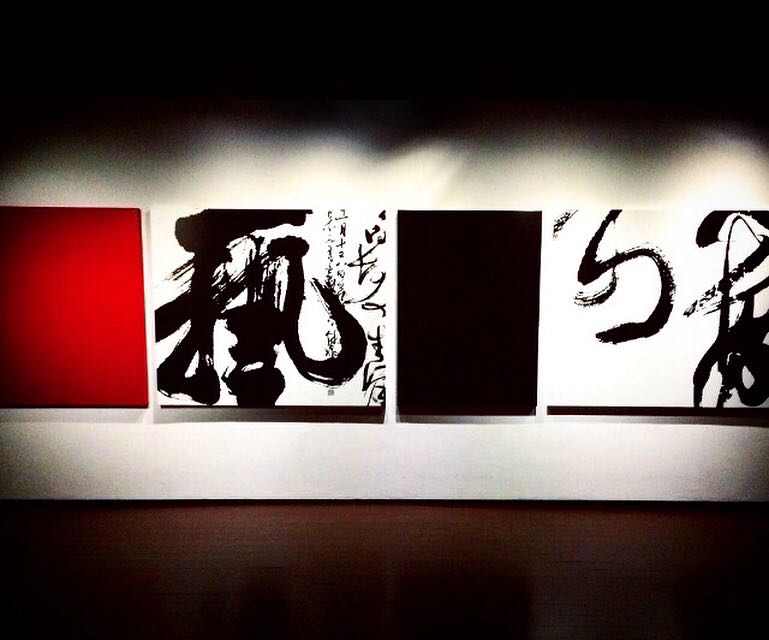


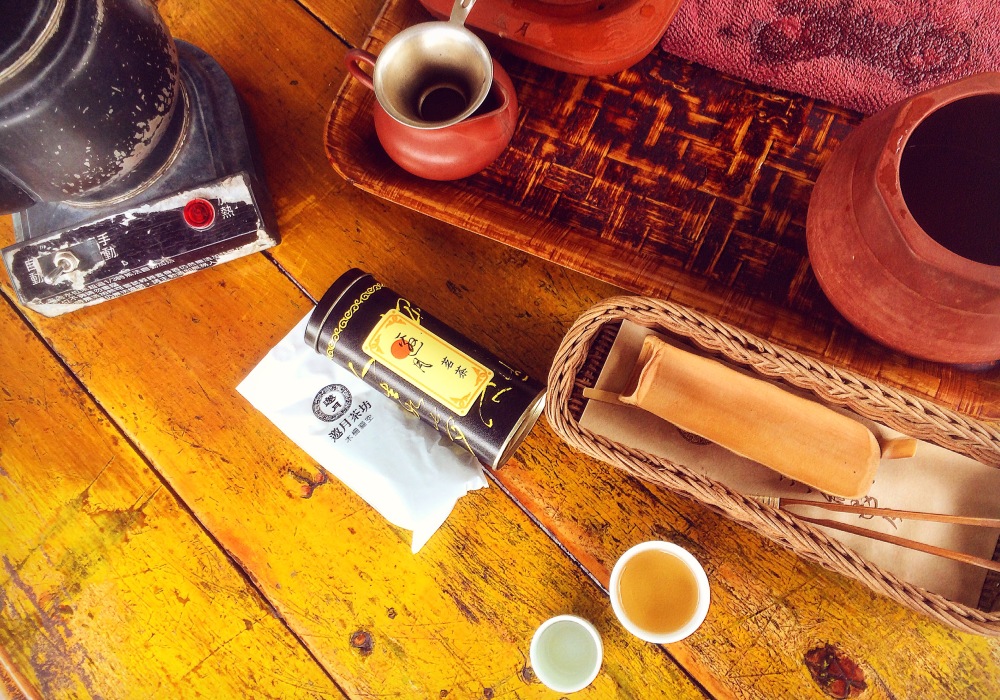
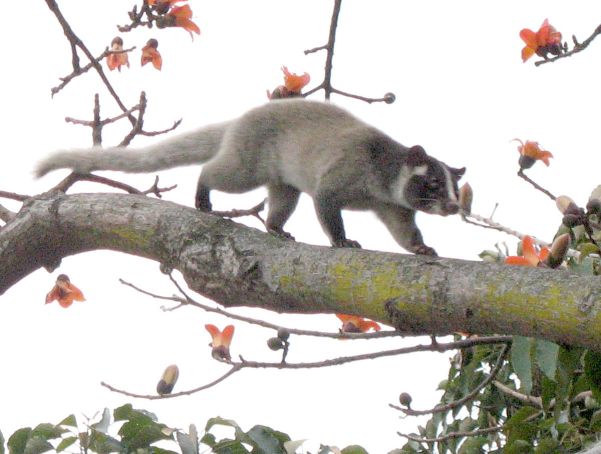

 The next part is where I made the inevitable huge mistake, something I am almost guaranteed to do every time I travel. I saw a place on the map that sounded pretty cool—though I had no justification for that impulse—called Caonan (草南) which was about another 20-30 minutes into the mountains. Yeah, I can go another twenty minutes, I thought with confidence, and headed off, as the sun hit midday and began boring down and burning my snow-white shoulders. As usual I’d brought no sunscreen, though I did have a hat this time—at least my face was spared from the sunburn!
The next part is where I made the inevitable huge mistake, something I am almost guaranteed to do every time I travel. I saw a place on the map that sounded pretty cool—though I had no justification for that impulse—called Caonan (草南) which was about another 20-30 minutes into the mountains. Yeah, I can go another twenty minutes, I thought with confidence, and headed off, as the sun hit midday and began boring down and burning my snow-white shoulders. As usual I’d brought no sunscreen, though I did have a hat this time—at least my face was spared from the sunburn!





